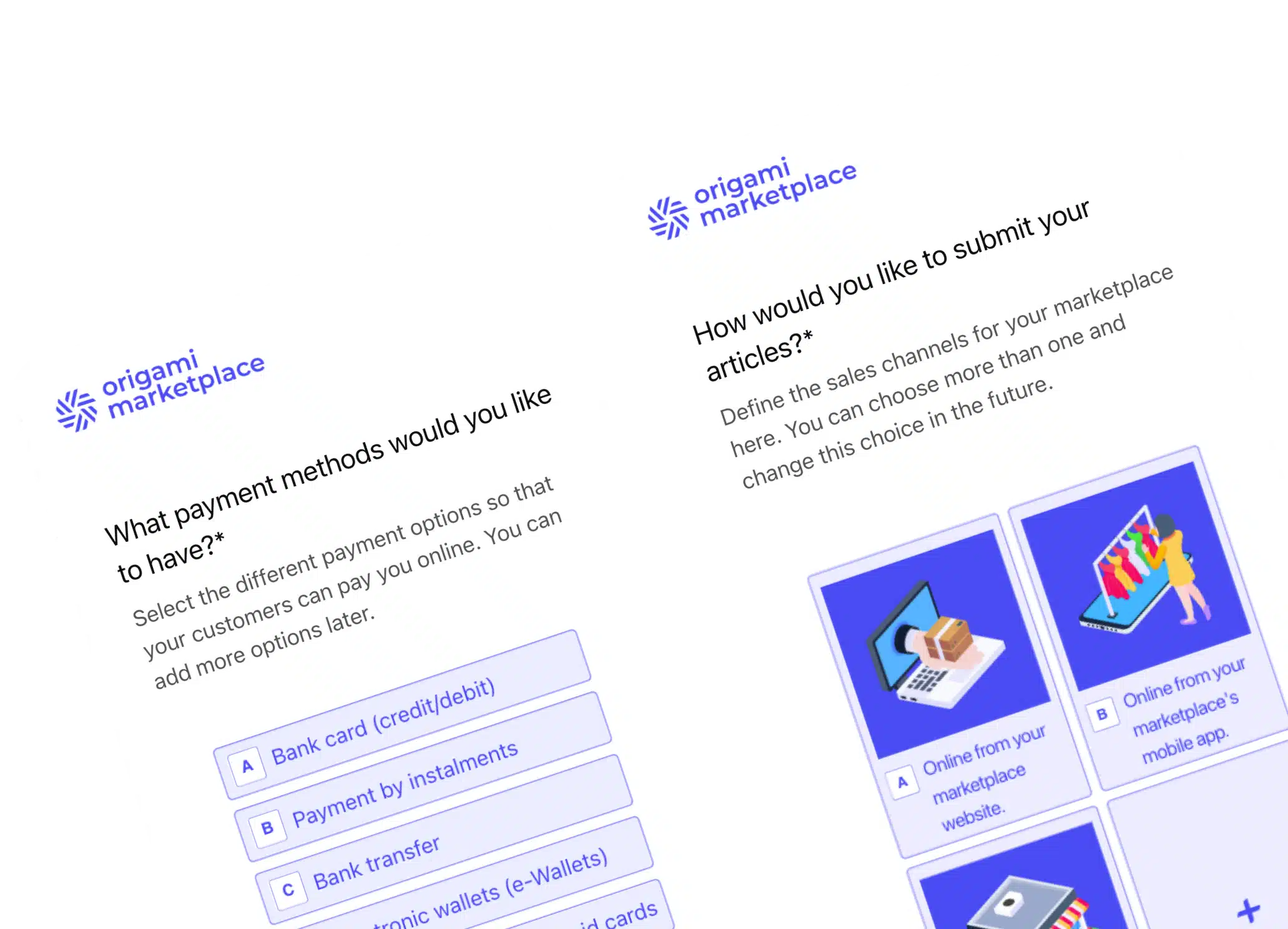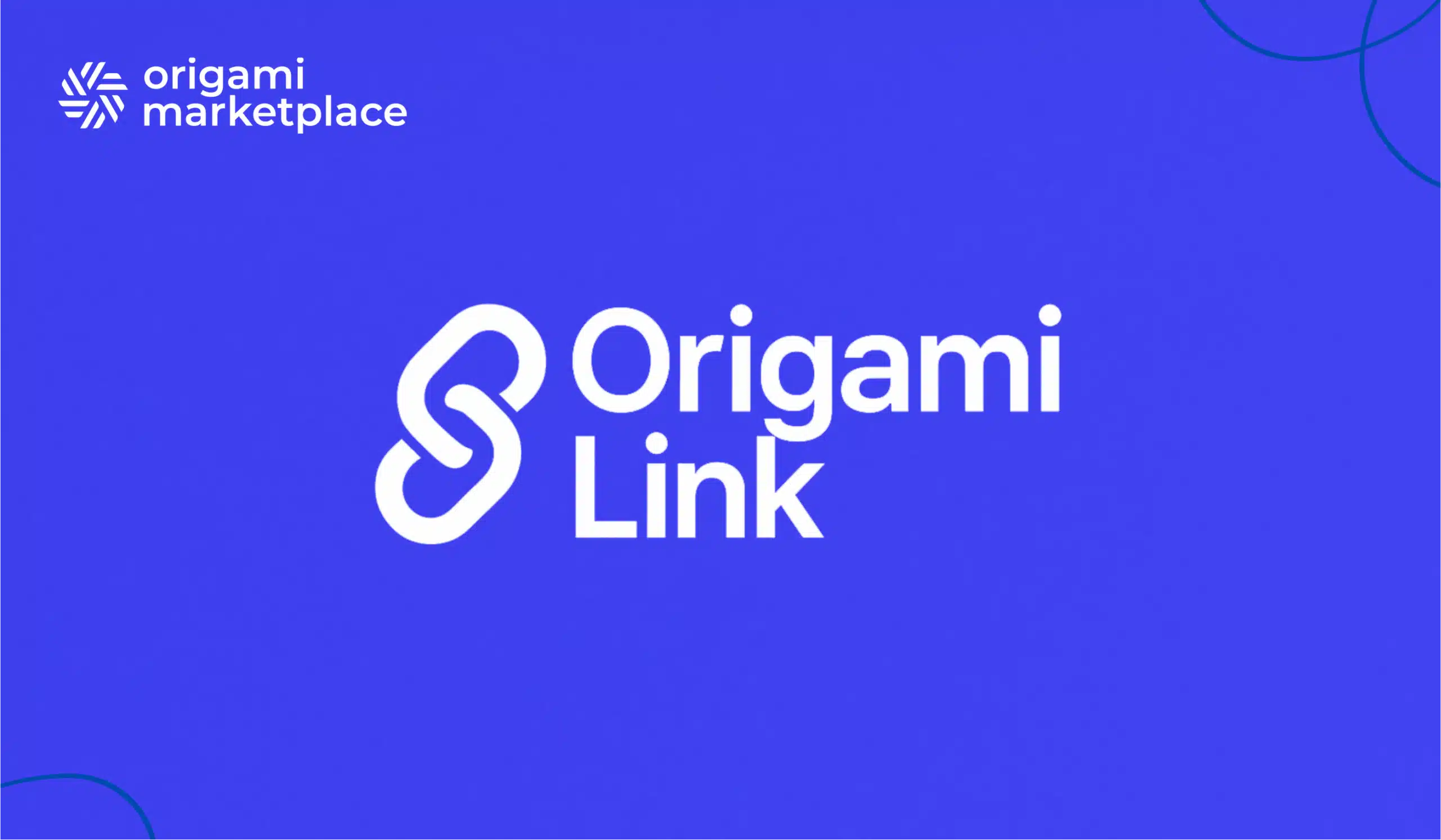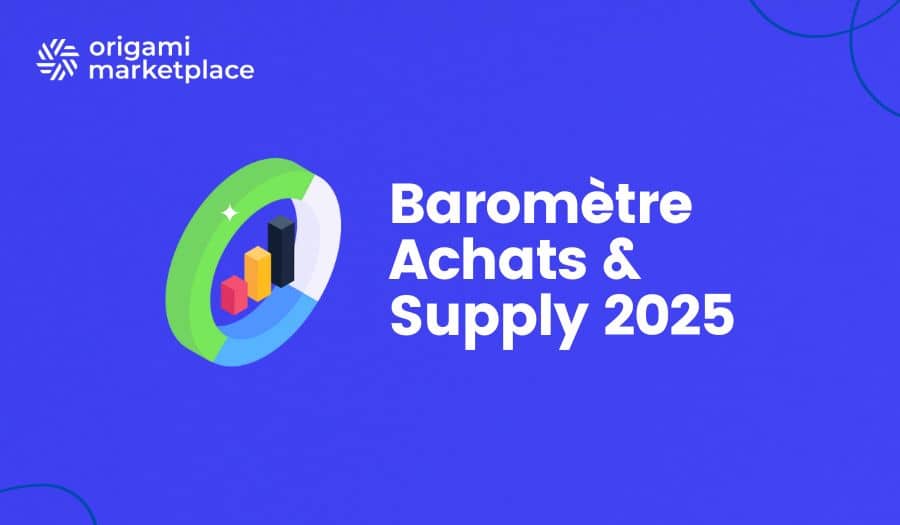Circular Economy: A new strategy for the Procurement Function
- Arnaud
- 9 reading minutes

In recent years, procurement function have faced major challenges, marked by the scarcity of natural resources, increasing volatility in raw material prices, and ever-growing demands for social and environmental responsibility. In this context, rethinking procurement strategies is no longer merely an option but a strategic necessity essential to the sustainability and competitiveness of companies.
The circular economy emerges as a concrete response to the traditional linear model, proposing a virtuous cycle where products, materials, and resources circulate as long as possible within the economic system. Based on principles such as eco-design, repair, reuse, and recycling, this approach not only reduces organizations’ ecological footprint but also generates true value creation through better resource optimization.
In this article, we will explore in detail the concrete opportunities that the circular economy offers to the procurement function, also known as the purchasing function.
- The 5Rs of the Circular Economy and their integration into the Procurement Function
- The benefits of the Circular Economy for the Procurement Function
a. Cost optimization and profitability improvement
b. Risk management and resilience
c. Environmental impact and social responsibility
d. Innovation and business model transformation - What internal and external changes are needed to succeed in this transition?
a. The limits of current approaches
b. The marketplace model as a disruptive strategy - Origami Marketplace: Concrete transformation of your procurement processes
👋 No time to read the whole article? Find the article summary here.
1. The 5Rs of the Circular Economy and their integration into the Procurement Function
The circular economy revolves around five fundamental principles, known as the “5Rs”: Refuse, Reduce, Reuse, Repair, and Recycle. Integrating these principles into the procurement function profoundly transforms procurement practices and contributes to more efficient resource use.
Refuse
- Principle of refusal: Declining the acquisition of non-essential or single-use products, thus promoting more responsible consumption.
- Application in procurement: Procurement professionals can prioritize suppliers engaged in sustainable practices and eliminate options that do not meet the ecological standards established by the company. This approach involves a rigorous assessment of actual needs and a careful selection of products and services.
Reduce
- Principle of reduction: Aiming to decrease resource consumption and waste production at the source.
- Procurement strategies: Opting for durable, high-quality products extends their lifespan. Additionally, minimizing packaging, choosing recycled materials, and favoring efficient logistical solutions contribute to reducing the ecological footprint.
Reuse
- Principle of reuse: Giving products a second life by reusing them, thereby delaying their end-of-life.
- Procurement practices: Investing in modular or refurbished products, encouraging the sharing of equipment within the company, and implementing consignment systems are ways to promote reuse.
Repair
- Principle of repair: Maintaining and repairing products to avoid premature replacement is at the heart of this principle.
- Procurement initiatives: Establishing maintenance contracts with specialized service providers, collaborating with local repair services, and training staff in equipment maintenance extend the lifespan of the company’s assets.
Recycle
- Principle of recycling: Transforming waste into new resources to reintroduce materials into the production cycle.
- Role of procurement: Choosing recyclable materials, collaborating with certified recycling channels, and incorporating recycled materials into purchased products are key actions to close the loop of the circular economy.
In a context marked by the growing scarcity of resources, revaluing raw materials is a major economic and environmental challenge. Implementing an internal marketplace simplifies and accelerates the circulation of primary and secondary raw materials between different workshops or factories within your group, thus promoting significant cost optimization and a concrete reduction of the ecological footprint.

Alexandre Duquenoy
→ Chat with our expert
2. The benefits of the Circular Economy for the Procurement Function
Adopting the principles of the circular economy within the procurement function offers numerous advantages, both economically and environmentally, as well as socially.
A. Cost optimization and profitability improvement
Cost reduction: By decreasing expenses related to the purchase of raw materials and reducing waste management costs, companies can achieve substantial savings. For example, purchasing refurbished products or implementing internal reuse programs can reduce capital expenditures. Some companies have managed to save up to 30% on their procurement costs by adopting circular strategies, notably by opting for recycled materials or pooling certain purchases.
B. Risk management and resilience
Regulatory compliance: Anticipating legal developments in environmental matters reduces the risk of sanctions and improves the company’s brand image.
Resilience to shortages: Diversifying supply sources and integrating recycled materials protect companies against price fluctuations and natural resource shortages.
C. Environmental impact and social responsibility
Carbon footprint reduction: Adopting green supply chains and using recycled materials help decrease greenhouse gas emissions.
Social commitment: By promoting ethical working conditions and supporting local communities, notably through partnerships with social and solidarity economy enterprises, organizations strengthen their social responsibility.
D. Innovation and business model transformation
New business models: The functional economy, which favors usage over ownership, is a concrete example of transformation. Companies like Michelin have adopted this model by offering services billed based on usage rather than direct product sales. For example, Michelin charges its customers per kilometer traveled rather than selling tires, thus encouraging product durability and performance.
Ready to turn your B2B, B2C, or C2C marketplace vision into reality?
To help you develop the best platform possible, we’ve gathered all the must-have features, key technical considerations, and best practices in a comprehensive document:
Download the Specifications template 🗒
Perfect for smaller or medium-scale projects without a formal purchasing process. It will help you outline your requirements effectively and streamline your selection process.
Download the Request for Proposal template 📒
Ideal for larger, more complex marketplace projects with a formal purchasing department or advanced procurement policies.
3. What internal and external changes are needed to succeed in this transition?
The transition to a circular economy requires profound adjustments both internally and externally within the company. This involves rethinking processes, organizational structures, and relationships with stakeholders
A. The limits of current approaches
Identifying internal barriers: Obstacles to adopting the circular economy can be organizational, such as rigid structures; cultural, like resistance to change; or technological, with outdated systems that do not allow effective resource management.
Limits of traditional procurement solutions: Conventional procurement methods, often focused on initial cost rather than total cost of ownership, can hinder the adoption of circular practices. Moreover, an excessive focus on short-term relationships with suppliers can limit collaboration opportunities for sustainable solutions.
B. The marketplace model as a disruptive strategy
- What is the marketplace model applied to procurement? A procurement marketplace is a digital platform that directly connects buyers and suppliers, facilitating transactions, transparency of offers, and access to a variety of products and services.
- Why does this model address current limitations? Marketplaces offer increased flexibility, enhanced visibility of available offerings, and facilitate easy comparison of products in terms of sustainability and total cost. They also encourage innovation by integrating new suppliers who provide circular solutions.
- Marketplace and circular economy: A Winning Combination Marketplaces can embed sustainability criteria into their selection and listing processes, motivating suppliers to adopt circular practices. They also enhance the traceability of products and materials, which is essential for effective resource management in a circular economy. Additionally, they can adapt and evolve based on the challenges and needs of companies aiming to modernize their operations.
4. Origami Marketplace: Concrete transformation of your procurement processes
In this context, where the circular economy requires procurement departments to deeply rethink their sourcing strategies, Origami Marketplace positions itself as a tangible solution to the limitations of traditional approaches. By enabling unlimited expansion of offerings through an evolving product taxonomy, the platform allows rapid access to new markets and circular procurement categories (reuse, repair, recycling). Its advanced catalog management, directly integrating systems like Punchout, ERP, PIM, or CMS, ensures optimal resource traceability, essential for strengthening the company’s environmental and social initiatives.
Origami Marketplace also facilitates quick supplier competition based on sustainable criteria, thanks to its front-office integrated “buy box” function, offering various transaction modes (fixed price, RFQ, auctions). Accelerated onboarding of new suppliers committed to responsible practices and the ability to modulate access (open or selective platform) ensure both operational flexibility and enhanced compliance with the company’s CSR criteria.
Financially, the solution automates payment reconciliation and provides detailed visibility on expenses related to raw materials, secondary materials, or refurbished products, enabling better cost management and a significant reduction in the ecological footprint.
Moreover, the platform’s economic model, based on commissions or service fees, allows companies to quickly amortize initial costs while generating additional revenue. Finally, with its customizable and intuitive interface, tailored to the company’s visual identity, Origami Marketplace offers an optimal user experience, facilitating the widespread adoption of circular economy principles within procurement processes.
Ensure your success today. Take advantage of our free configurator to define the key outlines of your project and speak with one of our experts for a personalized study.

Perspectives futures pour la fonction achats.
The procurement function stands at a strategic crossroads. Emerging trends, such as increased digitization, artificial intelligence, and blockchain, offer opportunities to enhance transparency, efficiency, and sustainability in supply chains. By adopting a proactive approach and integrating circular economy principles, procurement departments can become catalysts for the transition to a more sustainable and resilient economic model.
If you wish to discuss this topic further or are seeking a scalable and adaptable solution, our experts are at your disposal.
👋 Short on time? Here's the essence in 1 minute:
Facing resource scarcity and environmental demands, the procurement function, also referred to as the purchasing function, is now adopting the circular economy as an essential strategy. This approach is based on the 5Rs: Refuse, Reduce, Reuse, Repair, and Recycle, aiming to optimize resources, reduce costs, and improve resilience against shortages.
Main benefits for procurement:
- ✅ Cost optimization through reuse and recycling.
- ✅ Risk reduction related to raw material price fluctuations.
- ✅ Enhanced corporate image and social responsibility.
- ✅ Innovation in business models, such as circular marketplaces.
To successfully transition, internal marketplaces like Origami Marketplace are effective solutions to accelerate the integration of sustainable practices, promote resource traceability, and facilitate the widespread adoption of a circular approach.
👉 Need a turnkey solution? Engage with a specialized provider like Origami Marketplace to expedite your project. Discover how our API and partner network can transform your business, regardless of its size, through our innovative marketplace-based solution.


